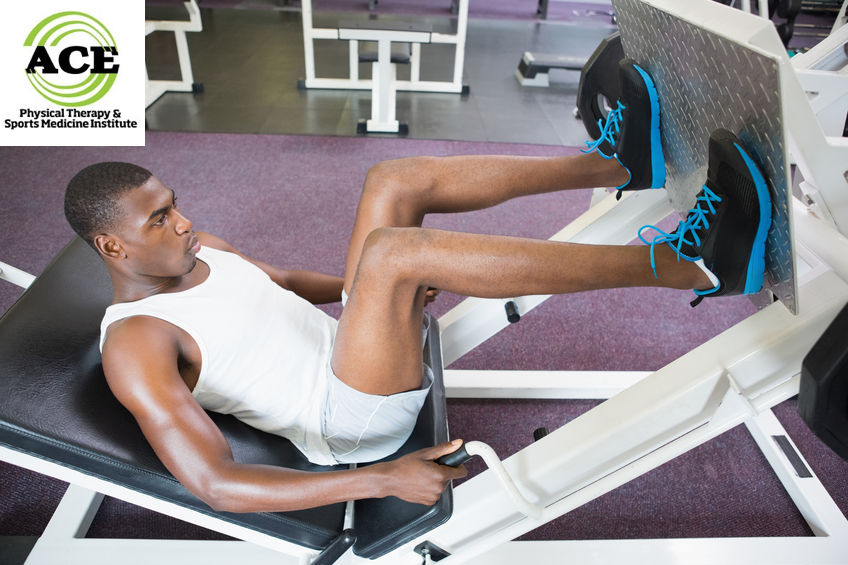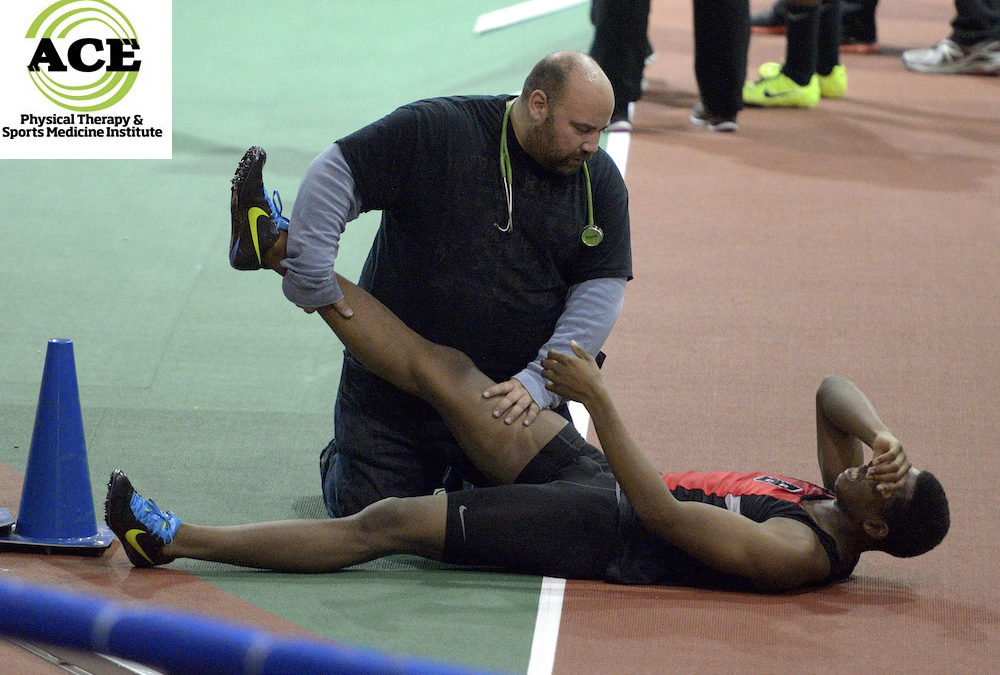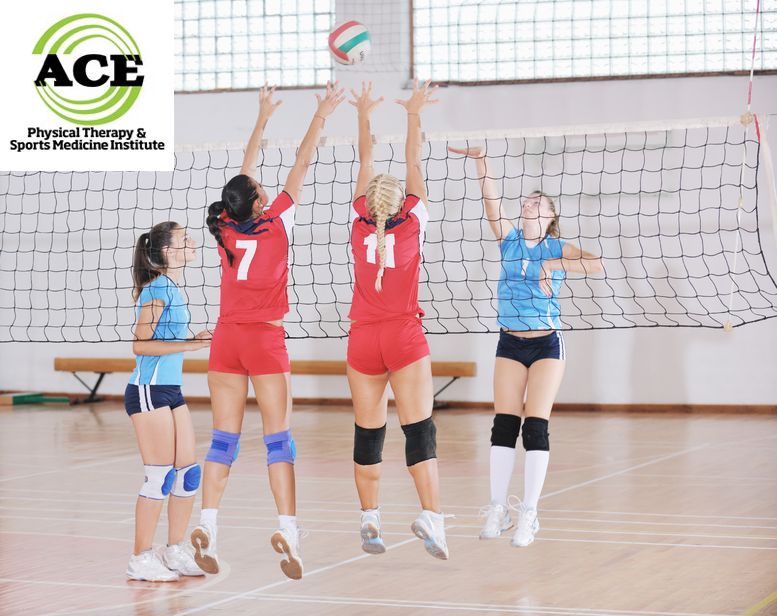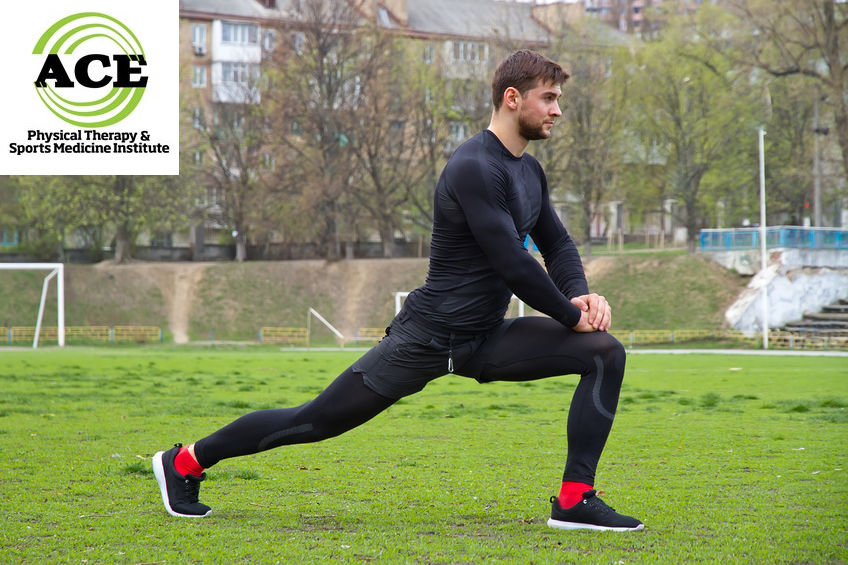
by ACE Physical Therapy and Sports Medicine Institute | Aug 10, 2017 | Knee & Leg |
Tid Bits of Info The goal is to accomplish at least 90% symmetry between quadriceps muscles on the involved and non-involved leg following reconstruction surgery. More than 100,000 ACL reconstruction surgeries are performed in the U.S. every year. The ACL...

by ACE Physical Therapy and Sports Medicine Institute | Jun 29, 2017 | Knee & Leg |
Tid Bits of Info Hamstring injuries usually occur in conjunction with a sudden lunge, jump or burst of speed. Hamstring injuries usually occur in the region near the buttocks (tendon injury) or in the middle of the muscle (muscle tissue). Injuries to the...

by ACE Physical Therapy and Sports Medicine Institute | Jun 15, 2017 | Foot & Ankle, Knee & Leg |
Tid Bits of Info When running the foot can hit the ground with 3 to 7x the body weight. A faster rate of impact loading can lead to lower extremity injuries. It has been reported that 40-50% of all runners experience an injury at least 1x/year. More than 60...

by ACE Physical Therapy and Sports Medicine Institute | May 18, 2017 | Knee & Leg |
Tid Bits of Info Landing with hyperextended or “knock knees” predisposes a person to an ACL injury. Strength development in the hips can help eliminate / control the “knock knee” position that can occur when someone lands. Many ACL injuries occur when the...

by ACE Physical Therapy and Sports Medicine Institute | Mar 9, 2017 | Foot & Ankle, Health Conditions, Hip, Knee & Leg |
Tid Bits of Info The most common cause of OA is genetics. The second most common cause of OA is trauma to the joint and not impact activity. Pain in the knees does not always come from OA and in fact many people have arthritic changes that do not even know...

by ACE Physical Therapy and Sports Medicine Institute | Feb 23, 2017 | Knee & Leg |
Tid Bits of Info Anterior knee pain can have numerous origins. Two of the most common are abnormal patella tracking and distal ITB irritation. The Gluteus Maximus, the buttocks, is the largest muscle in the body. Approximately 90% of the Gluteus Maximus...































